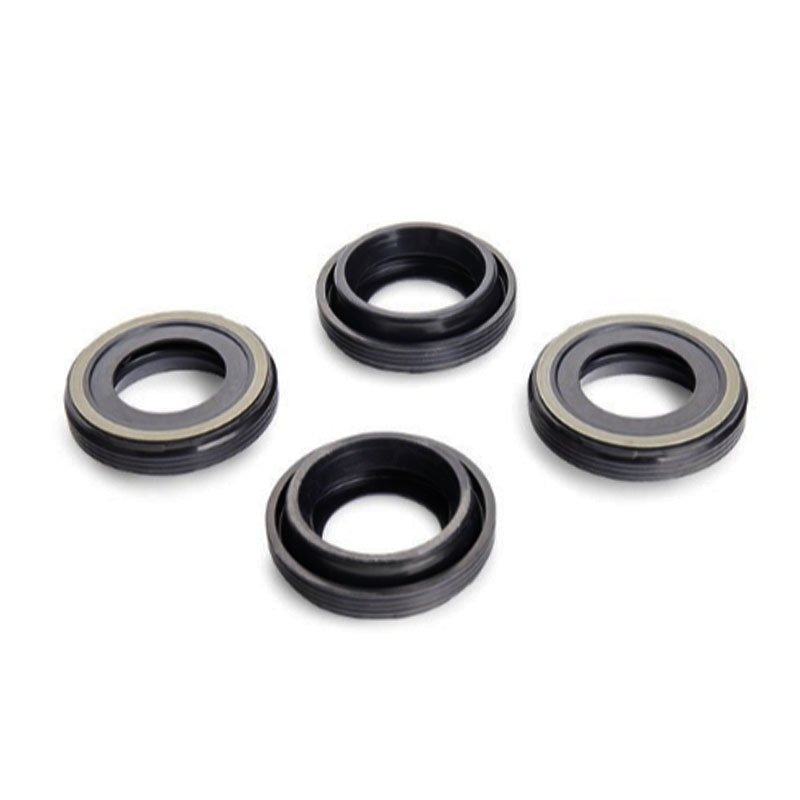Effective Techniques for Removing a Stuck or Stripped Oil Drain Plug in Your Vehicle
The Best Way to Get a Stripped Oil Drain Plug Out
Dealing with a stripped oil drain plug can be an exasperating experience for any vehicle owner. The drain plug, a small yet crucial component of an engine's oil system, is designed to provide a tight seal and prevent oil leaks. Unfortunately, over time or due to over-tightening, it can become stripped, making oil changes a problematic affair. Here’s a comprehensive guide on the best ways to remove a stripped oil drain plug effectively and safely.
1. Understanding the Problem
Before diving into solutions, it’s essential to understand why drain plugs strip. Most commonly, this occurs due to improper installation techniques or deterioration over time. A stripped plug means the threads have lost their grip, either in the plug itself or in the oil pan. This can lead to leaks and complicate regular maintenance.
2. Gathering Tools
The first step in addressing a stripped drain plug is to gather the necessary tools. Having the right equipment can make a significant difference
- Oil Drain Pan To catch any oil that may spill during the process. - Wrench or Socket Set Depending on the type of drain plug. - Penetrating Oil Products like WD-40 can help loosen stubborn plugs. - Screw Extractor Kit Useful for severe cases where the plug cannot be removed with standard tools. - Replacement Plug Always have a new drain plug on hand before you start.
3. Using Penetrating Oil
Start by applying penetrating oil to the stripped drain plug. This solution seeps into the threads, often loosening any debris or corrosion that may be causing friction. Allow the oil to sit for at least 10-15 minutes before attempting to remove the plug.
4. Tapping and Wrenching Technique
best way to get a stripped oil drain plug out

With the penetrating oil doing its job, gently tap the plug’s edges with a hammer using a flat-headed screwdriver or a chisel. This technique can help break any bonding that has occurred due to rust or debris. After that, try using a wrench or socket tool to turn the plug counterclockwise. If it begins to move, continue to apply pressure but be cautious to avoid further stripping.
5. Using a Screw Extractor
If the plug still refuses to budge, it may be time to consider a screw extractor. This tool is designed to grip and remove stripped bolts and plugs. To use it, first, drill a small hole in the center of the drain plug. Then, insert the extractor and turn it counterclockwise. This should enable a solid grip, allowing you to extract the plug without damaging the oil pan.
6. Tapping Threads or Helicoils
If the threads in the oil pan are stripped, you might need to tap the threads or install a Helicoil. A Helicoil is a threaded insert that can reestablish a solid thread for a new plug. This would typically require a tap and die set, which is available at most auto supply shops.
7. Prevent Future Stripping
Once you successfully extract the stripped plug and replace it, take measures to prevent future occurrences. Always use a torque wrench when reinstalling the drain plug to ensure you don't overtighten. Additionally, consider applying a small amount of thread sealant to help secure the plug without the risk of stripping.
Conclusion
Removing a stripped oil drain plug may seem daunting, but by following these steps and utilizing the right tools, it can be accomplished efficiently. Patience and precision are key. Taking the time to learn proper maintenance and how to handle such issues can save vehicle owners time, money, and frustration. Regular maintenance not only prolongs the life of your vehicle but ensures a smoother performance on the road.
-
Understanding the Front Main Engine Seal: Purpose, Maintenance, and Installation
News Jul.29,2025
-
Understanding O-Rings and Seal Rings: Types, Applications, and Custom Solutions
News Jul.29,2025
-
Understanding Crankshaft Oil Seals: Rear Seals, Pulley Seals, and Their Role in Engine Integrity
News Jul.29,2025
-
The Importance of Front and Rear Crankshaft Seals in Engine Performance and Oil Management
News Jul.29,2025
-
Crank Oil Seals: Functions, Types, and Cost Considerations in Engine Maintenance
News Jul.29,2025
-
A Comprehensive Guide to O-Rings and Seals: Types, Materials, and Global Applications
News Jul.29,2025
-
Mastering Diesel and Performance Engine Maintenance: A Guide to Critical Oil Gaskets
News Jul.28,2025
Products categories















